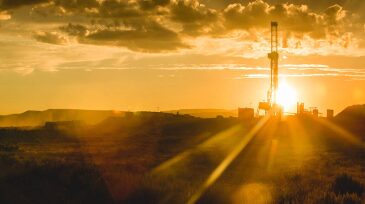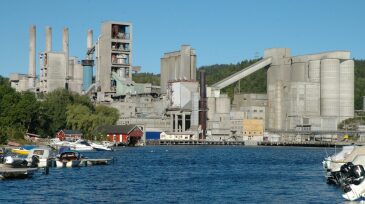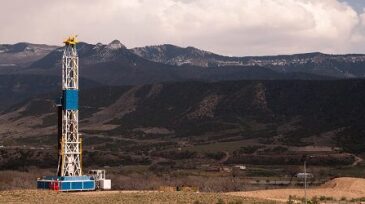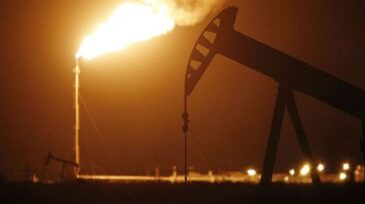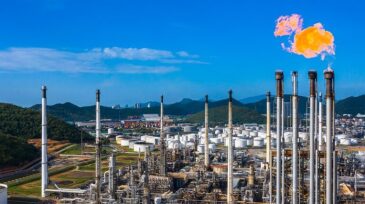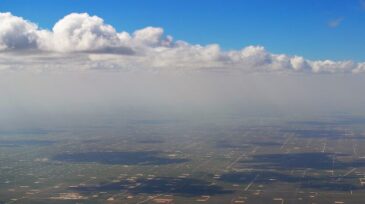Environment
This research aims to harness the advanced capabilities of artificial intelligence, specifically deep learning and large language models, to develop a comprehensive system for detecting and explaining oil spills.
This paper presents a physics-informed machine learning method that enhances the accuracy of pressure transient analysis, predicting reservoir properties to enhance waste slurry injection and waste disposal.
This paper presents a novel methodology for assessing the rapid mineral carbonation of carbon dioxide through geochemical interactions with carbon-, magnesium-, and iron-rich minerals abundant in geological formations.
-
If we must reduce emissions to make our industry “greener,” what are some of the options that we can apply?
-
An independent study pegged the cost of the project at about $2.6 billion, 80% of which Norway’s government planned to fund. The ministry said there is uncertainty about Northern Lights’ benefits and that it could prove to be unprofitable.
-
The largest US clean energy incubator has selected the city as the site for its second location, expanding Houston’s role as energy capital of the world beyond oil and gas.
-
The Colorado Oil and Gas Conservation Commission approved new rules governing well construction, testing, and related matters, which the agency says will result in the strongest rules nationwide to protect groundwater from contamination from oil and gas activity.
-
US Department of Agriculture Secretary Sonny Perdue ordered the US Forest Service to expedite environmental reviews on its land, paving the way for more grazing, logging, and oil development on public lands.
-
The Texas Railroad Commission’s chairman has said the commission will look into policies to “drastically reduce” natural gas flaring from the state’s shale patch as investors become increasingly sensitive to climate-change concerns.
-
A billion-dollar fund will be available for innovations in flare minimization, venting elimination, fugitive-emissions reduction, and complete combustion.
-
Water is precious, and it is a factor in every aspect of oil production in the Permian Basin. It is used to produce the hydrocarbons, and it is produced with them. In the often-arid region of the Permian, finding a balance between water production and use can be a challenge.
-
The Bureau of Ocean Energy Management has released its Studies Development Plan, its roadmap for acquiring the scientific information it uses to make its decisions, for the upcoming fiscal year.
-
The Swiss startup said it had raised a further $75 million from private investors to help fund technology that captures carbon dioxide directly from the air.




